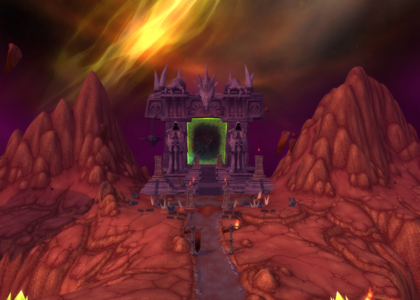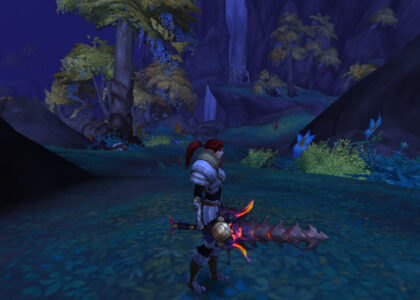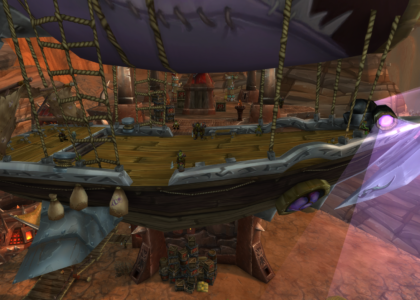Raids are one of the most exciting parts of playing an MMORPG. The rewards that come with a successful raid can be incredibly valuable and powerful, but they can also be difficult to understand and manage. This guide is here to help you get the most out of your raids by teaching you how to properly understand and prioritize loot upgrades so that you’ll always have the best gear for success. We’ll cover different types of gear and loot, tips for collecting loot, managing your budget, understanding raid lockouts, tradeskills and profession items, and more. With this comprehensive guide in hand you’ll be able to maximize every raid for maximum reward!
Key Takeaways
- Understanding and managing loot upgrades is crucial for maximizing rewards and character progression in MMORPG raids.
- Tracking gear, prioritizing upgrades based on importance and cost, and knowing what gear and stats your class needs are important for effective loot management.
- Loot drops vary in group size, drop rates, and available rewards, and tradeskills and profession items can enhance character performance in raids.
- Raid lockouts limit the number of times players can access certain upgrades, so understanding the loot system and making informed decisions is essential.
Overview of the Loot System
Understanding the loot system is essential for any raider looking to prioritize upgrades, as it helps determine what pieces of gear are best for their character. Loot drops are a key part of any raid strategy, as players rely on them to obtain high-quality gear and items. It’s important to understand how loot works in different raids, including group size, drop rates, and available rewards. For example, some raids allow players to roll on the same item multiple times until they receive an upgrade while others only permit one roll per player per item. Knowing which type of loot system is being used can help inform your decisions when raiding and allow you to focus your efforts in order to get the most out of each run. With this knowledge in hand, raiders can better understand the various types of gear and loot that will be available during their run.
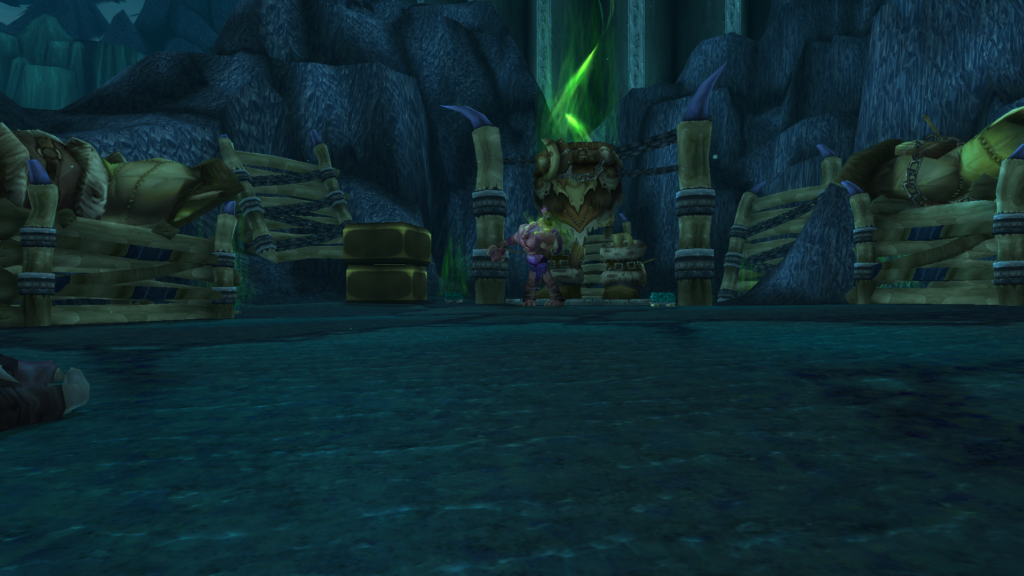
Understanding the Different Types of Gear and Loot
Gleaning the different types of gear and rewards can help ensure that you make wise decisions as you progress. One important thing to understand is the way loot works in raids: it generally comes in three tiers, from least powerful to most powerful. The first tier consists of basic upgrades like weapons, armor pieces, and accessories with no augmentation slots; this type of gear is often used for trading or vendor purposes. The second tier includes items with one or two augmentation slots which can provide additional bonuses; these are usually more sought after than the first tier since they provide greater power and versatility. Finally, there are item sets which consist of multiple pieces and offer even more powerful bonuses when all pieces are equipped together.
| Gear Type | Description |
|---|---|
| Basic Upgrades | Weapons, armor pieces, and accessories without augmentation slots |
| 1-2 Augmentation Slots | Items with one or two augmentations providing additional bonuses |
| Item Sets | Consisting of multiple pieces offering more powerful bonuses when all are equipped together |
Understanding the various types of gear allows you to prioritize what upgrades will be best for your character’s progression in a raid. This understanding also helps you choose between spending resources on individual upgrades or investing them into item sets that could potentially give better returns over time. With this knowledge under your belt, you’ll be able to make informed decisions about how to get the most out of your raids and maximize your gains. Transitioning into prioritizing upgrades will go hand in hand with understanding what kind of loot is available so that you know what goals to strive for during each run through an instance.
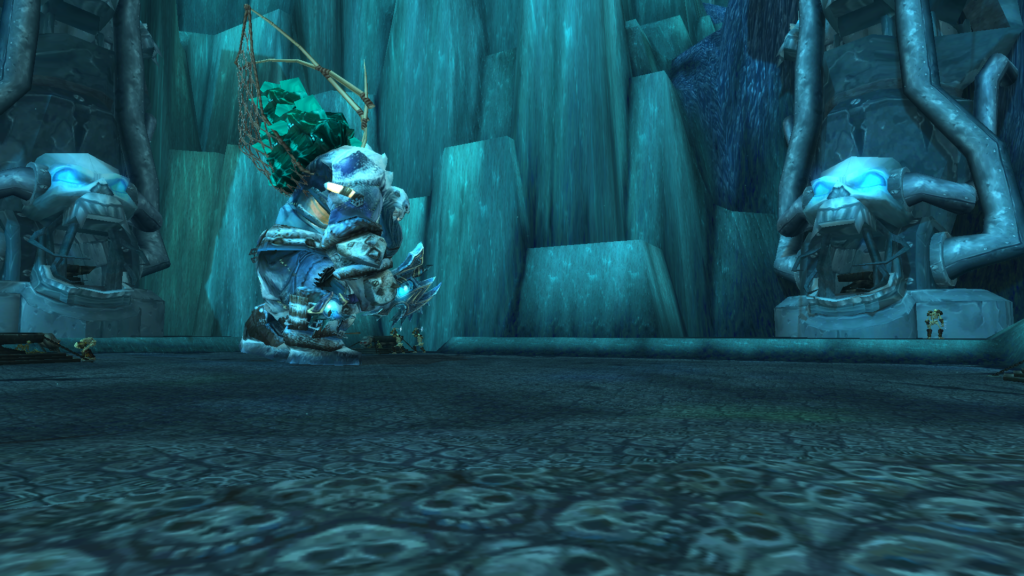
Prioritizing Upgrades
Gaining an edge in raids requires you to prioritize upgrades that will best suit your character’s progression. The first step is assessing the value of the gear you have acquired and building efficient upgrades from there. To do this, it’s important to understand:
- What types of stats are most beneficial for your class?
- Is there a primary stat focus?
- Are secondary stats more valuable than primary stats?
- What type of gear pieces should be prioritized when upgrading?
- Should certain slots always take priority over others?
- Does the item level affect how valuable a piece of gear is compared to another piece with higher item level but lower overall benefits for your character?
Once you understand these criteria, you can begin assessing gear value and building efficient upgrades that will enhance your character’s performance in raids. This process ensures that every upgrade you make is worth its cost in terms of both time and money invested. Transitioning into tradeskills and profession items also plays an important role in maximizing the efficiency of your build.
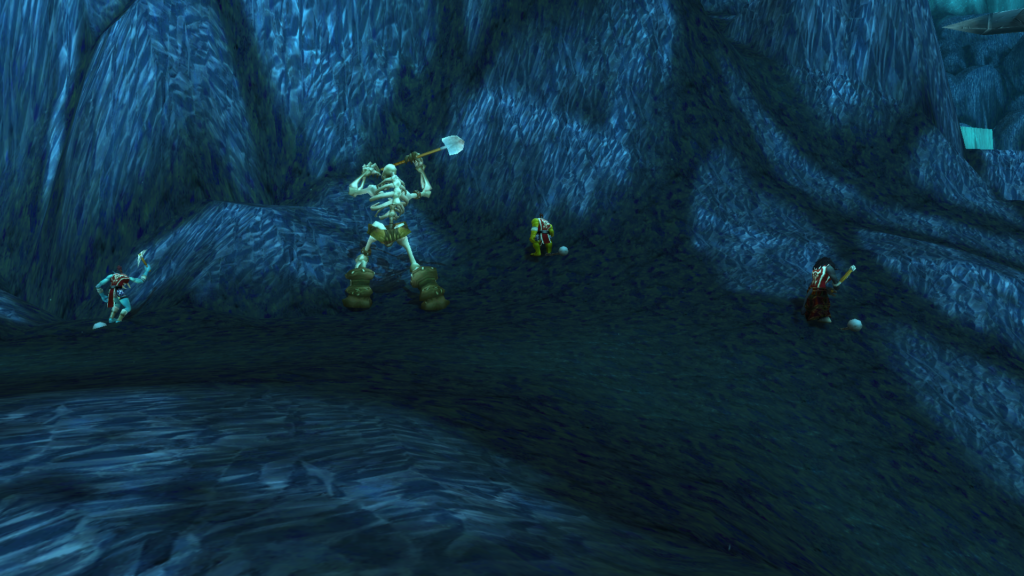
Tradeskills and Profession Items
Maximizing your character’s performance in raids means taking advantage of tradeskills and profession items – you can’t miss out! Crafting roles such as leatherworkers, tailors, alchemists, engineers, and blacksmiths are essential for creating powerful armor and weapons for raiding. Farming strategies are also important to acquire the necessary reagents or materials needed to craft gear. Knowing which items you need to farm ahead of time will save precious raid time when it comes to crafting gear.
The following table outlines the different roles needed for specific tradeskills:
| Tradeskill | Crafting Role |
|---|---|
| Leatherworking | Tanner/Leatherworker |
| Tailoring | Tailor |
| Alchemy | Alchemist |
| Engineering | Engineer |
| Blacksmithing | Blacksmith |
Having a good understanding of the loot system and being able to prioritize upgrades is key when it comes to successfully raiding. From acquiring reagents through farming strategies to identifying what crafting roles are necessary, prioritizing upgrades is an important step that should not be overlooked when preparing for a raid. With this knowledge in hand, now let us look into tips for collecting loot.
Tips for Collecting Loot
Collecting loot efficiently and effectively is essential for success in raids, and there are several tips and tricks that can help you do so without having to spend hours grinding. One of the most important aspects of collecting loot is to make sure you’re aware of any item rotation cycles. Item rotation cycles ensure that certain pieces of gear become available at specific times, so it’s important to pay attention to when they become available. Additionally, if you’re looking for a specific piece of gear, you may want to consider farming for it. Farming involves repeatedly killing monsters or completing raids in order to obtain the item you need. This method requires some time and dedication but can be more effective than relying on random drops from enemies or bosses. To maximize your chances at getting the loot you need quickly, taking advantage of item rotations as well as item farming can be incredibly useful tools in your raid loot strategy. Managing your loot properly is key when attempting to upgrade your equipment efficiently; however, this will be discussed further in the subsequent section.
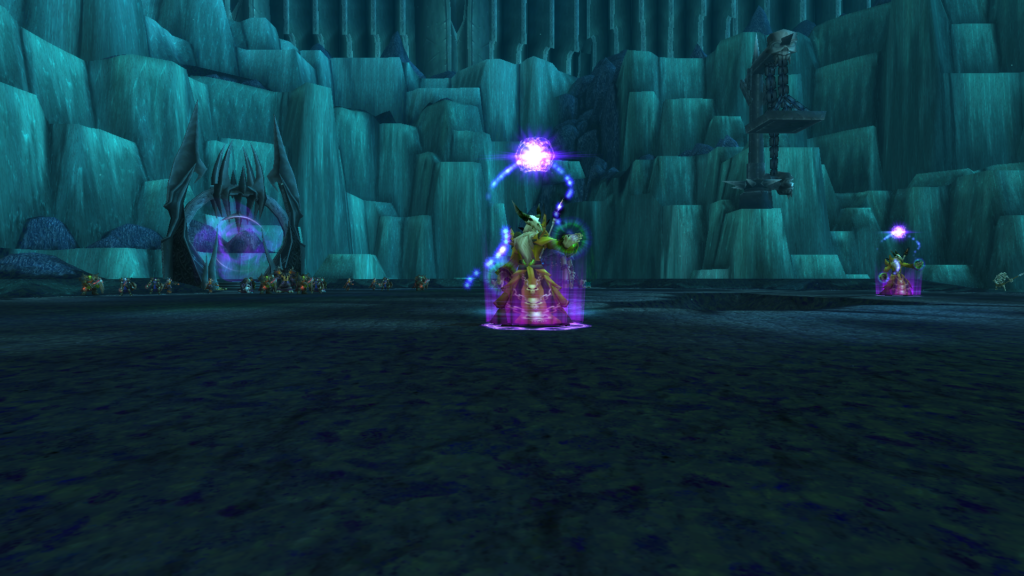
Managing Your Loot
As a raider, it’s important to have a handle on your loot. Tracking my gear helps me understand what I need and what I already have. Additionally, understanding each item’s rarity is key to making sure that I can upgrade my equipment as quickly as possible. By having an organized approach to managing my loot, I’m able to better prioritize which upgrades are best for me.
Tracking your gear
Tracking your gear is essential for raiders to stay up-to-date on their progress and identify opportunities for upgrades. Here are three key components of a successful tracking system:
- Item Categorization – Classify items by type, such as weapons, armor pieces, rings, trinkets etc.
- Progress Tracking – Track the item levels of each piece in order to determine if an upgrade is available.
- Rarity Rating – Rank the rarity level of items in order to prioritize potential upgrades.
This will help you understand which items should be targeted first when it comes time to make a decision about upgrading your gear during raids. To get the most out of your loot runs, it’s important to understand how item rarity affects priority and value when selecting upgrades.
Understanding item rarity
Knowing the rarity of items is key to making smart choices about which upgrades should take priority. Identifying the rarity of an item could be as simple as looking at it’s color: white indicates common, green for uncommon, blue for rare, and purple for epic gear. Though color can give you a good indication of how rare an item is, it’s not always foolproof. To truly determine the value of an item, you’ll want to look at its stats and bonuses compared to other items in its class. For example, if two helmets are both blue (rare) but one has significantly better stats or perks than the other then that helmet will likely have more value. Additionally, knowing what type of gear your class needs and what stats they prioritize will help when determining which pieces are worth investing in. Being aware of these factors before rolling on loot can save time and help manage your budget appropriately. With this knowledge in hand, you’ll be ready to make more informed decisions when managing your loot drops and deciding which upgrades should take priority.
Managing Your Budget
Managing your budget is key to understanding the loot system and prioritizing upgrades, so make sure you keep tabs on spending! Planning ahead is essential when it comes to managing your budget for raid loot. Knowing how much each item will cost, including any repair costs, will help you decide if an upgrade is worth the investment or not. In addition, consider the time investment of running a raid multiple times in order to get all the items that become available. Think about which ones are most important and plan accordingly. Taking all these factors into account will ensure that you don’t overspend and can adequately prioritize upgrades. With proper budget management in mind, you can now move onto understanding raid lockouts and how they affect loot distribution.
Understanding Raid Lockouts
Understanding raid lockouts is essential to effectively managing your budget, as it may determine how often you have access to certain upgrades. For example, if you are trying to acquire a specific weapon upgrade, but its availability is limited by the raid lockout timer, you may need to adjust your budget accordingly in order to obtain it. Additionally, understanding raid lockouts can help with gear sharing and item farming. Here are some key points about raid lockouts:
- Raid lockouts limit the number of times players can access a particular boss or area within a given period of time.
- Gear sharing allows players to share loot between characters on the same server or account so that everyone can get better items more quickly.
- Item farming is the practice of farming bosses for their loot drops; this method helps players collect rare items and progress their characters faster.
- By understanding how raid lockouts work and combining them with gear sharing and/or item farming strategies, players can maximize their chances of obtaining desired upgrades while still managing their budget efficiently.
Frequently Asked Questions
What is the best way to get the most out of raid loot?
I prioritize gearing with a long-term strategy, avoiding burnout by taking breaks and focusing on upgrades that will benefit me in the long run.
How can I make sure I’m getting the best value from my raid loot?
I’m maximizing my rewards by tracking progress; like a savvy investor, I ensure I get the best value from each raid loot.
How often should I be raiding to get the best loot?
I should be raiding regularly to get the best loot. I should focus on farming tactics and gear optimization to maximize my rewards.
What are the best strategies for trading loot with other players?
When trading loot with other players, it’s important to adhere to good etiquette, such as being respectful and understanding. It’s also essential to value each item correctly so that neither party feels cheated in the trade.
How can I make sure I’m not wasting money on unnecessary loot?
I’m planning ahead and assessing the risk of investing in loot. Imagining myself on a quest for riches, I make sure to research each item carefully before deciding what to purchase. That way, I know I’m not wasting money on unnecessary items.
Conclusion
To summarize, understanding the raid loot system and prioritizing upgrades can be daunting. With a little knowledge and practice, however, you can make sure that you get the most out of every raid. Knowing what type of gear or loot to focus on and managing your budget accordingly are key to making sure you get the best possible upgrades for your character. Raiding with friends can also help make it easier to collect those hard-to-get items – plus, it’s more fun! With a bit of practice and dedication, you’ll soon be raiding like a pro!
Always check my blog for updates!



